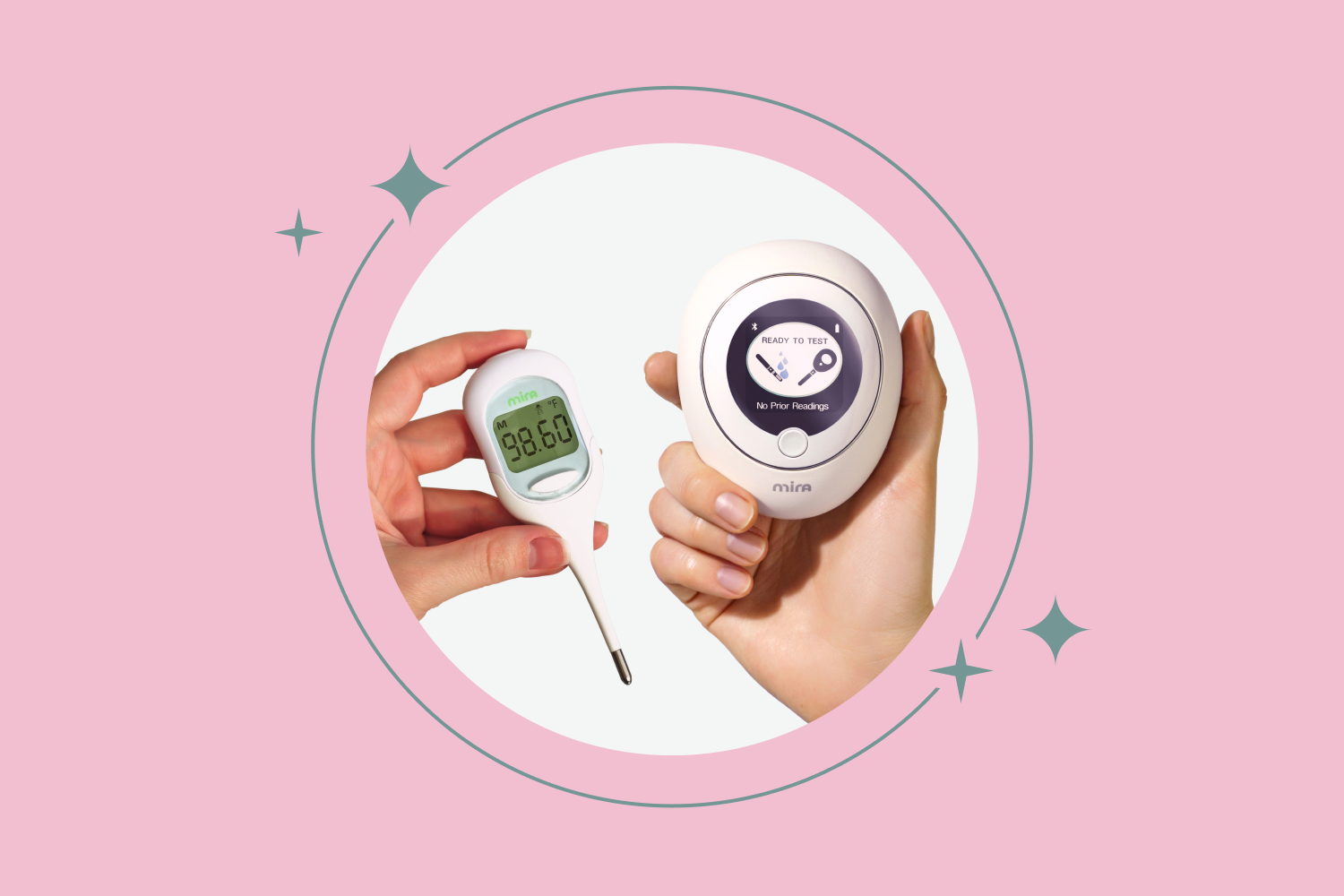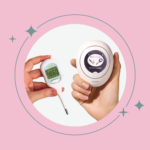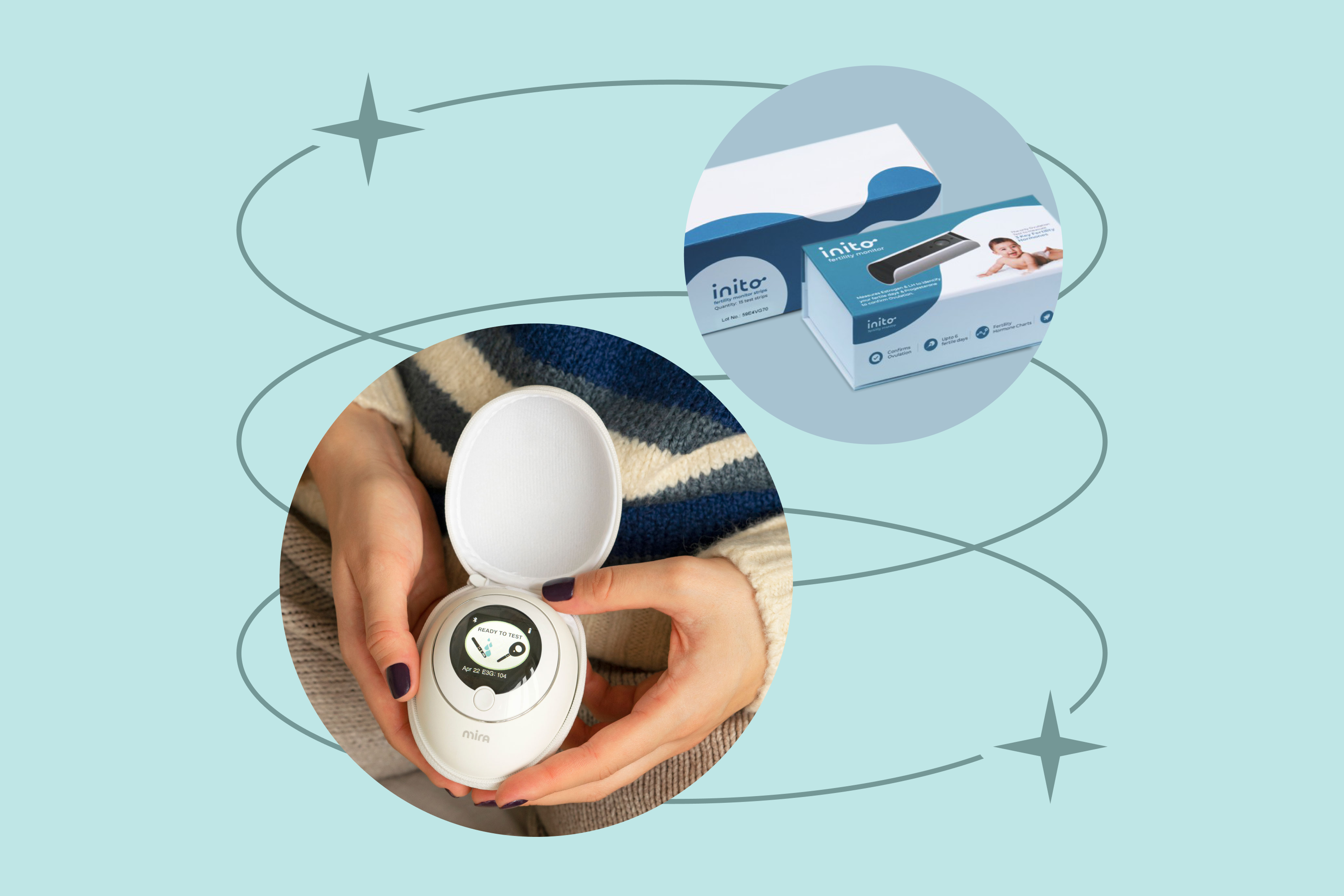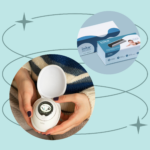Just How Accurate Is Your OPK or Ovulation Test?
If you and your partner are trying to get pregnant, you probably already understand the importance of planning intercourse around your fertile window – i.e. five days leading up to ovulation, the day of ovulation, and one day after ovulation.
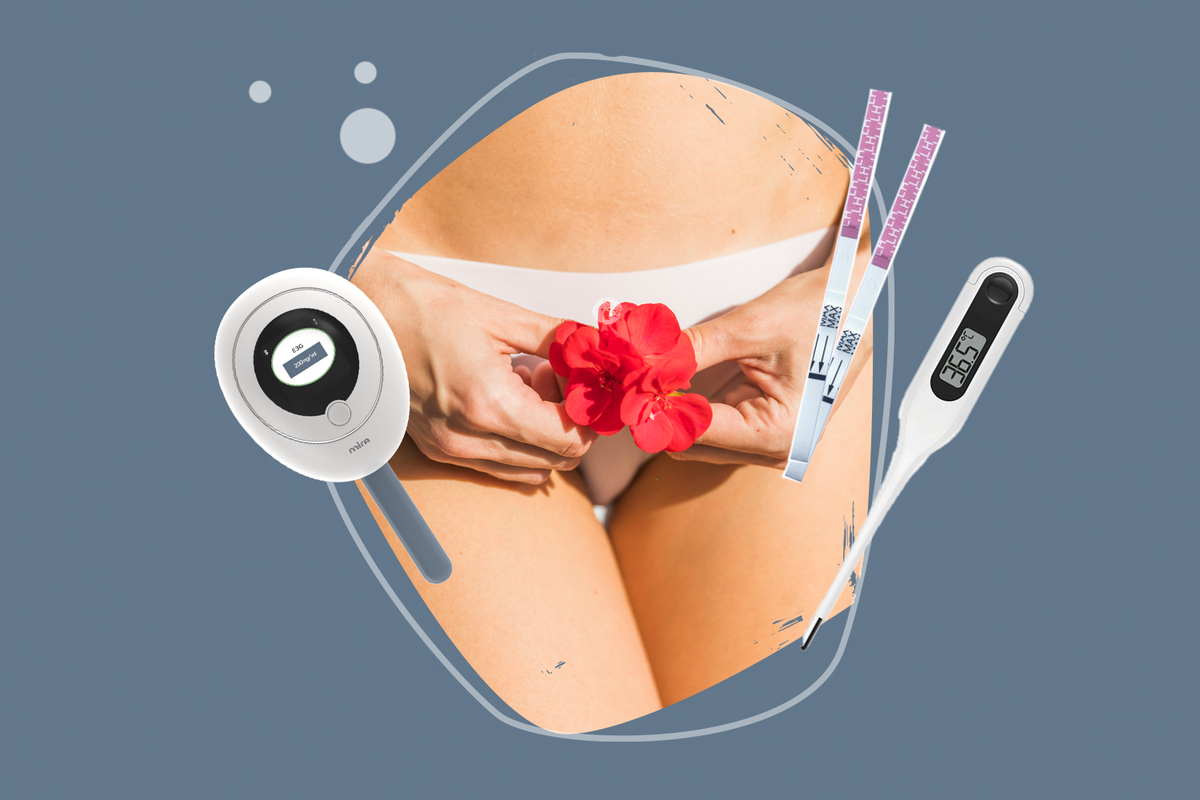
However, if you’re not used to tracking your cycle, pinning down the exact days of your fertile window can be a challenge. Luckily, at-home ovulation tests can help (also check out our list of the best home fertility tests).
Here is an overview of how ovulation tests work, what may impact their accuracy, and how OPKs can fit into your fertility journey.
Are ovulation tests accurate?
So, just how accurate are OPKs? You’ll be glad to learn that according to the American Pregnancy Association, OPKs and ovulation tests are approximately 99% accurate when taken and used correctly. For the majority of couples, that means that they are a reliable and useful tool for predicting ovulation and planning pregnancies.
How do the ovulation tests work?
A few days before ovulation, your body releases a hormone called the “luteinizing hormone” or “LH”, which stimulates the ovaries and causes an egg to be released. Ovulation tests (also known as ovulation predictor kits or OPKs) are designed to detect this rise or “surge” in LH in your body.
The test itself can be taken at home and looks very similar to an at-home pregnancy test. However, instead of detecting the presence of the hormone human chorionic gonadotropin (HCG) in your urine, ovulation tests measure your levels of LH.
It’s important to note here that ovulation tests do not measure the exact day of ovulation. Instead, they measure the rise in LH which spikes approximately 24-36 hours before ovulation occurs. This knowledge is extremely valuable for couples trying to become pregnant, as it enables them to plan the optimum times to have sex during the LH surge.
If you have never used an ovulation test kit before, here’s what you can expect.
- Taking the test: How you take your ovulation test will vary depending on the type of test you have. Some tests will require you to pee in a cup and insert a paper test strip directly into your urine, and other tests will be more like a traditional pregnancy test where you pee directly onto the test stick. Either way, try to avoid drinking too many fluids at least 2 hours before taking your test to ensure your urine is as concentrated as possible. This helps to improve the accuracy of your test.
- Understanding your results: How your results are displayed can also vary depending on the type of test that you have. Traditional test strips will typically display two lines: one control line and one test line. A dark test line indicates that the test is “positive” and that LH is surging, whereas a lighter line indicates that the LH surge over the baseline has yet to occur. If you are using a digital test, it may display a smiley face when it detects high levels of LH. Due to the variations in how each test works, always make sure to read the instructions thoroughly ahead of time.
The best time to begin testing for LH is around 5-6 days before you expect to ovulate, and you should then try to test daily going forward at the same time of the day. This should allow plenty of time for you and your partner to accurately time ovulation and plan for intercourse.
If you don’t know when you will ovulate, there are a number of fertility tracking apps and ovulation calculators out there that can be helpful with monitoring your cycle.
How accurate are OPKs?
As mentioned before, ovulation tests are 99% accurate in detecting levels of LH in urine when used as instructed. However, there are some circumstances where the results of your test may be unreliable.
Here’s a quick look at what may affect your ovulation test result along with what you can do if you are unsure about your results.
What can affect an ovulation test result?
There are a number of different reasons why you may receive a false positive or a false negative ovulation test result. For example, if you have Polycystic Ovary Syndrome (PCOS) or Luteinized Unruptured Follicle Syndrome (LUFS), you may still experience surges in LH without ovulating or releasing an egg afterward.
Another reason could be that you completely miss your body’s LH surge altogether by testing too early or too late in your cycle – a common frustration among women with irregular cycles.
The American Pregnancy Association also lists pregnancy, recent pregnancy, menopause, and certain prescription fertility medications as additional complication factors that could interfere with the accuracy of the results of your ovulation test. Those who have recently stopped taking birth control may also struggle to accurately predict ovulation for several months following their last dose.
What should you do if you don’t trust the results?
If you do not trust the results of your ovulation test, the best thing you can do is simply try again! Ovulation testing should be a regular, ongoing effort and it may take some practice.
Remember, frequent testing will yield more accurate results over time, so try to keep going!
In addition to utilizing ovulation tests and OPKs, you can also anticipate ovulation with the help of several other methods. This includes tracking changes in your cervical mucus, recording your basal body temperature (BBT) each morning, and using an ovulation calculator.
If you have combined multiple ovulation tracking methods but are still finding it difficult to become pregnant, it is a good idea to speak with your doctor and they can offer some advice or refer you to a fertility specialist if needed.
Where should OPKs fit in your fertility journey?
OPKs are one of many tools that you can use to track your fertility window and get pregnant.
Specifically, they are the most helpful in the 5 days leading up to ovulation, as they help you to pinpoint the day when you are most likely to ovulate. This gives you and your partner a heads up about the best times to have sex during your fertile window.
OPKs and ovulation tests work really well when used in conjunction with other fertility tracking and fertility awareness methods. However, if you find it difficult to keep up with more advanced forms of fertility monitoring – such as basal body temperature (BBT) charting – OPKs can still work well as a stand-alone method for predicting ovulation.
Again, if you have consistently used OPKs and ovulation tests for over a year with no luck, speak with your doctor. They can provide you with the appropriate advice, resources, and treatment options that suit your individual situation.
Mira’s Editorial Process
All content produced by Mira meets stringent editorial standards, ensuring excellence and accuracy in language and medical precision. Every piece undergoes thorough fact-checking and review by qualified professionals. Check out our full editorial process to learn more.




